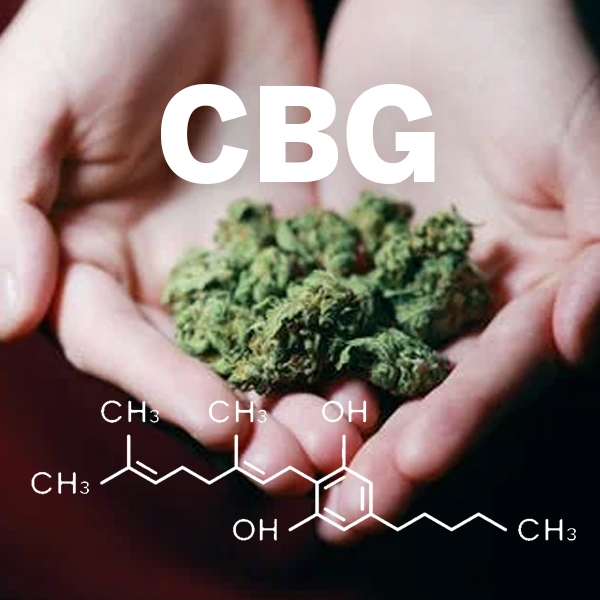Cannabigerol acid (CBGA) is an acidic version of cannabinol is the primary ingredient found in most cannabis plants. It is often referred to as “the mother” due to the fact that other cannabinoids, such as CBD and THC originate from this acidic form through the process of decarboxylation that transforms it into its medicinal substances, which are scientifically known as cannabinoids.
Cannabis breeders have been scouting for more levels of CBG over recent years since research has found low levels in many strains which helps to explain why some people find them more relaxing than others.

The advantages of using CBG-based consumer products are limited and typically expensive. As more and more people learn about the benefits of CBD to their well-being, the trend could alter. Due to its potential medicinal advantages, CBD oil is becoming increasingly popular with consumers. This makes it considerably cheaper than buying CBD oil.
How CBG is made
Young cannabis plants contain more CBD than fully developed plants. This is the reason they’re referred to as cannabidiol or CBD. Certain strains like ‘White CBG’ have been specifically bred to produce greater cannabigerol acid, an ingredient that has shown great promise in treating various ailments without any psychoactivity whatsoever.
Cannabis plants are complicated beings. There are numerous components which combine to produce desired results. For example, cannabinoids or terpenes. However, they can also conflict due to their desire to control specific aspects of plant development. They may also be in a battle between yield and potency. We’ll go over this in the next time.
How CBG works
The endocannabinoid is responsible for maintaining optimal health regardless of external influences. This system acts as a safety valve that can provide help when you require it or faced with external pressures. The cannabinoids in our bodies can mimic natural compounds, so they function like they come from another part of our body.
Cannabinoid Receptors in the Body
CBD (Cannabidiol) CBD (Cannabidiol) is a non-psychoactive ingredient of cannabis plants that provides properties to help with nausea, pain as well as other illnesses. It is an anti-inflammatory, immune system-building hormone that doesn’t cause the “high” like THC. However, CBD won’t cause any brain-altering effects, and you’ll be feeling better.
CBG has potential advantages
1. Inflammatory Bowel Disease, (IBD).
American scientists have discovered that cannabis has compounds which can reduce inflammation. Although the research was carried out using rats, it was first published in the year 2013. It has only recently been accepted as a fact.
2. Glaucoma
Researchers have discovered that CBG can be used to treat feline glaucoma. Researchers administered CBG to the cats’ eyes and noticed the reduction of pressure and an increase in aqueous humor flow. This is an excellent result.
3. Huntington’s Disease
Researchers involved in a study in 2015 found that CBG along with other terpenes and other cannabinoids like myrcene or linalool could protect nerve cells from being damaged caused by Huntington’s disease. They also demonstrated improved motor skills , and protected the striatal nerve cells from 3N-propionic Acid toxicity. This is a proven model.
4. Antibacterial Properties
The antibiotic potential of cannabis is still being explored but early studies have found that CBG, an active ingredient in marijuana with antibacterial properties against methicillin-resistant strains of Staphylococcus aureus (MRSA), causes rapid bacterial death by breaking down cell walls.
For more information, click hemp beverage